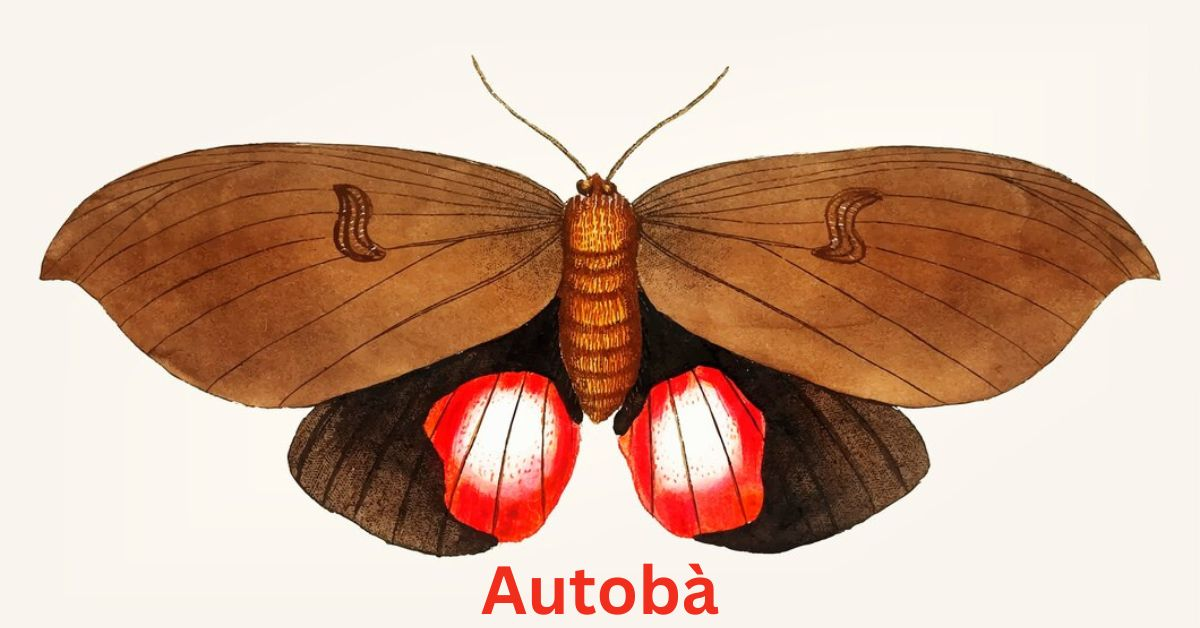Exploring the Captivating Genus Autoba: A Dive into the World of Moths
When pondering fascinating insects, moths may not be the first creatures that come to mind. However, the genus Autoba, established by Francis Walker in 1863, provides an enthralling window into the diverse realm of these nocturnal beings. Delving into the genus Autoba enriches our understanding of biodiversity and underscores the crucial role moths play in our ecosystems. Join us as we embark on a journey to uncover the wonders of the genus Autoba and the pioneering contributions of Francis Walker.
Historical Background
In the 19th century, Francis Walker, a distinguished British entomologist, made significant strides in the study of insects. In 1863, he classified and described numerous insect species, including those within the genus Autoba. This year marked a pivotal moment in lepidopterology, the study of moths and butterflies, as Walker’s meticulous documentation laid a solid foundation for future research.
Understanding the Genus Autoba
Definition and Classification
Autoba belongs to the family Erebidae and is known for its diverse and colorful species. These moths, primarily nocturnal, are identifiable by their unique wing patterns and colors. The genus Autoba comprises several species, each varying in appearance and behavior.
Key Characteristics of Autoba Moths
Autoba moths are notable for their vibrant wing patterns, which often feature a blend of browns, greens, and other earth tones. With a robust body structure and a variety of sizes, they represent a visually diverse group.
Species Diversity
Overview of Species Within the Genus
The genus Autoba encompasses various species, each with distinct traits and adaptations. Two noteworthy species are Autoba olivacea and Autoba abscondens.
Detailed Look at Notable Species
- Autoba olivacea: This species is known for its olive-green wings and is commonly found in forested areas. Its larvae feed on a range of plants, which contributes to its adaptability.
- Autoba abscondens: With more subdued brown and grey hues, this species is often seen in grasslands and meadows.
Morphology and Identification
Physical Characteristics
Autoba moths display a range of physical features, from wing shape to body size. Their broad wings, adorned with distinctive patterns, help them camouflage and evade predators.
Distinctive Markings and Features
One of the defining traits of Autoba moths is their wing patterns. These intricate designs not only enhance their beauty but also serve as a defense mechanism against predators, resembling eyes or other natural elements to deter threats.
Habitat and Distribution
Geographical Range of Autoba Moths
Autoba moths inhabit various regions, including Asia, Africa, and parts of Europe. Their distribution is influenced by climate and the availability of food sources.
Preferred Habitats
These moths thrive in a range of habitats, from dense forests to open meadows, showcasing their adaptability to both tropical and temperate climates.
Life Cycle and Behavior
Stages of Development
The life cycle of Autoba moths comprises four stages: egg, larva, pupa, and adult. Each stage plays a critical role in the species’ development and survival.
Behavioral Patterns
Primarily nocturnal, Autoba moths emerge at night to feed and mate. Their behavior is shaped by environmental factors such as temperature and humidity.
Diet and Feeding Habits
Larval and Adult Feeding Habits
The larvae of Autoba moths are herbivores, consuming a variety of plants. In contrast, adults mainly feed on nectar, which provides the energy necessary for reproduction.
Impact on Ecosystems
As herbivores, Autoba larvae significantly influence plant population control, maintaining ecological balance by feeding on foliage.
Reproduction and Lifespan
Mating Rituals
The mating rituals of Autoba moths are fascinating. Males often emit pheromones to attract females, and the courtship process can be complex and prolonged.
Lifespan of Autoba Moths
The lifespan of Autoba moths varies by species but typically ranges from a few weeks to several months, with environmental factors and predation pressures impacting their longevity.
Ecological Importance
Role in the Ecosystem
Autoba moths play vital roles in their ecosystems as pollinators, facilitating the reproduction of various plant species. They also serve as a food source for predators like birds and bats.
Interaction with Other Species
These moths interact with numerous species within their habitats, influencing the behavior and population dynamics of other organisms and contributing to ecosystem health.
Conservation Status
Current Threats
Autoba moths face multiple threats, including habitat loss, climate change, and pesticide use. These challenges have led to population declines, raising concerns about their future.
Conservation Efforts
Efforts to conserve Autoba moths include habitat preservation, research initiatives, and public awareness campaigns. Protecting their natural environments is crucial to their survival.
Research and Studies
Notable Research on Autoba
Research on Autoba moths has provided valuable insights into their behavior, ecology, and evolution. Studies have explored their life cycles, feeding habits, and interactions with other species.
Future Research Directions
Future research aims to delve into the genetic diversity of Autoba moths, their responses to environmental changes, and potential conservation strategies. Advances in technology, such as DNA sequencing, will be pivotal in these studies.
Autoba in Popular Culture
Representations in Media and Literature
Though not as prominent as butterflies, Autoba moths have appeared in various cultural contexts. Their unique patterns and behaviors have inspired artists and writers, emphasizing their beauty and ecological importance.
Challenges in Studying Moths
Common Obstacles Researchers Face
Studying moths, including those in the genus Autoba, presents several challenges, such as their nocturnal habits, small size, and the difficulty of tracking their movements and populations.
Technological Advancements in Entomology
Technological advances have greatly enhanced the study of moths. Tools like light traps, molecular techniques, and remote sensing have improved our ability to study these elusive insects.
Conclusion
The genus Autoba, established by Francis Walker in 1863, offers a captivating glimpse into the world of moths. With their diverse species, intricate behaviors, and ecological significance, Autoba moths are truly remarkable creatures. Continued research and conservation efforts are essential to protect these moths and ensure their role in maintaining ecosystem balance.
The exploration of the genus Autoba reveals a world of intricate beauty and ecological importance. As we continue to study and protect these remarkable moths, we deepen our understanding of the natural world and the delicate balance of our ecosystems.




